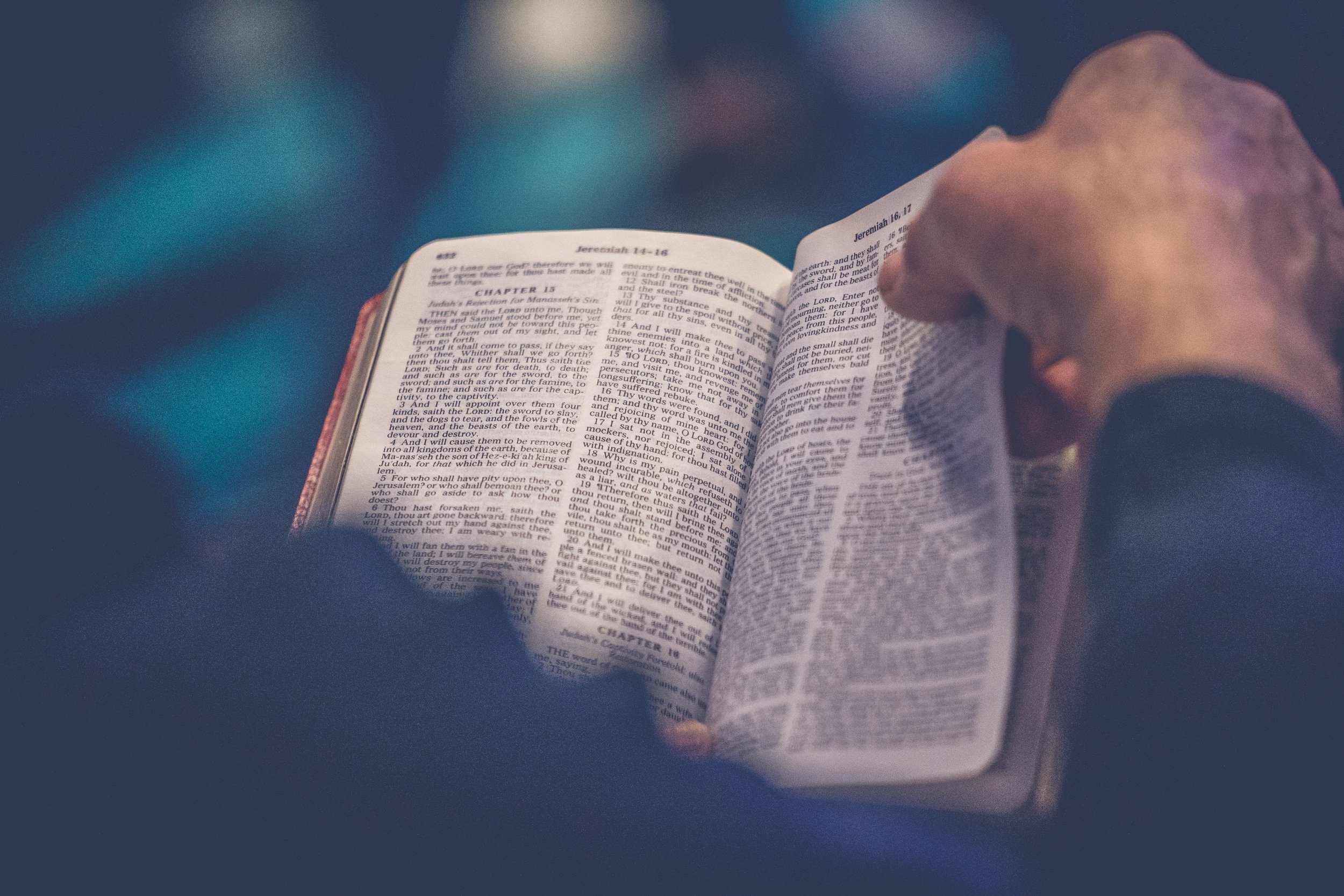
Religious Education
Year 7
Half Term 1
Judaism
-
Judaism is the first of the Abrahamic religions and is the corner stone for Christianity and Islam. Students will study the life of Abraham and Moses , key religious practices like worship, dress and food laws as well as key festivals and places of worship. Students will be able to make comparisons between different religions and explain similarities and differences.
-
The ideas pupils will understand and the words they will be able to use
Monotheism – the idea of only believing in one God
Abrahamic Religion – stemming from one key prophet
Kosher – Acceptable ways to behave, foods to eat and clothing to wear
Torah – The Jewish Holy Book
Tzedekah – Charity
The 10 Commandments
-
Students will receive a homework once every three weeks through Teams/Sharepoint. You can support your child by making sure that this is completed. You can also support your child by discussing what they have been learning about during the lesson and by discussing current affairs that link to religion. Encourage your child to come to school with any questions that they have and if they follow a religion, encourage your child to talk about it in lessons.
-
Half Term 2/3
Christianity
-
Christianity is the second of the Abrahamic religions and has lots pf links with Judaism and Islam. Students will study the life of Jesus, key religious practices like worship, dress and food laws as well as key festivals and places of worship.
Students will be able to make comparisons between different religions and explain similarities and differences.
-
The ideas pupils will understand and the words they will be able to use
Monotheism – the idea of only believing in one God
Abrahamic Religion – stemming from one key prophet
The Trinity - The Father, Son and Holy Spirit
Miracles – Things that seem impossible, but Jesus was able to perform
Parables – Stories with hidden meaning sand morals
Christmas – The birth of Jesus
Easter – The death and resurrection of Jesus
-
Students will receive a homework once every three weeks through Teams/Sharepoint. You can support your child by making sure that this is completed. You can also support your child by discussing what they have been learning about during the lesson and by discussing current affairs that link to religion. Encourage your child to come to school with any questions that they have and if they follow a religion, encourage your child to talk about it in lessons.
-
Half Term 4/5
Islam
-
Islam is the third of the Abrahamic religions and has lots pf links with Judaism and Christianity. Students will study the life of Muhammad, key religious practices like worship, dress and food laws as well as key festivals and places of worship. Students will be able to make comparisons between different religions and explain similarities and differences.
-
Monotheism – the idea of only believing in one God
Abrahamic Religion – stemming from one key prophet
Muhammad – Key figure in Islam
The 5 Pillars of Islam
Eid ul Fitr – Key festival after Ramadan
Eif ul Adha – Key festival after Hajj
-
Students will receive a homework once every three weeks through Teams/Sharepoint. You can support your child by making sure that this is completed. You can also support your child by discussing what they have been learning about during the lesson and by discussing current affairs that link to religion. Encourage your child to come to school with any questions that they have and if they follow a religion, encourage your child to talk about it in lessons.
-
Half Term 6
Places of Worship
-
Places of Worship are common in every religion and often have similar aspects to them. In this unit, students will either be involved in a virtual tour or involved in a school trip to discover what these places look like. This allows students to experience these buildings firsthand and to gain an understanding of the spiritual experiences that religious people undergo as part of their worship. Students will be able to make links between what has been taught in the lesson and what they can see in front of them. There will also be lots of similar things within these different places, which will highlight the idea that religions are very similar and inclusive of all.
-
Worship – The way that religious people show their devotion to God
Synagogue – The Jewish place of worship
Church – The Christian place of worship
Mosque – The Islamic place of worship
Gurdwara – The Sikh place of worship
Mandir – The Hindu place of worship
Temple- The Buddhist place of worship
-
Students will receive a homework once every three weeks through Teams/Sharepoint. You can support your child by making sure that this is completed. You can also support your child by discussing what they have been learning about during the lesson and by discussing current affairs that link to religion. Encourage your child to come to school with any questions that they have and if they follow a religion, encourage your child to talk about it in lessons.
-
